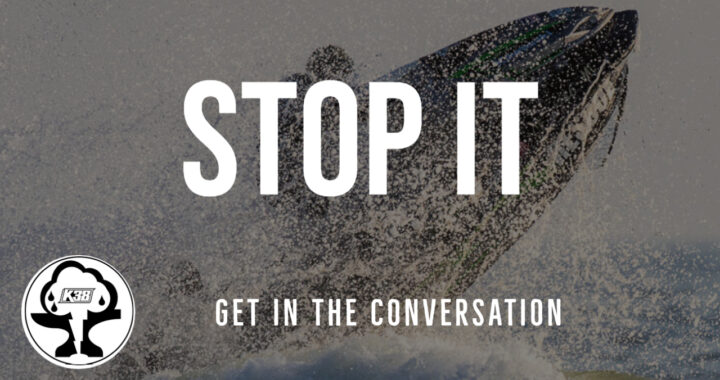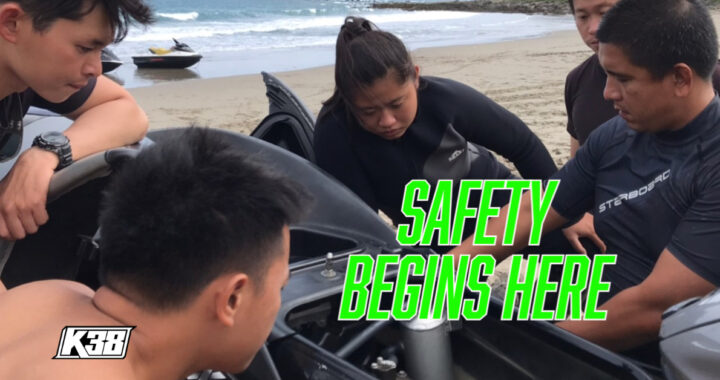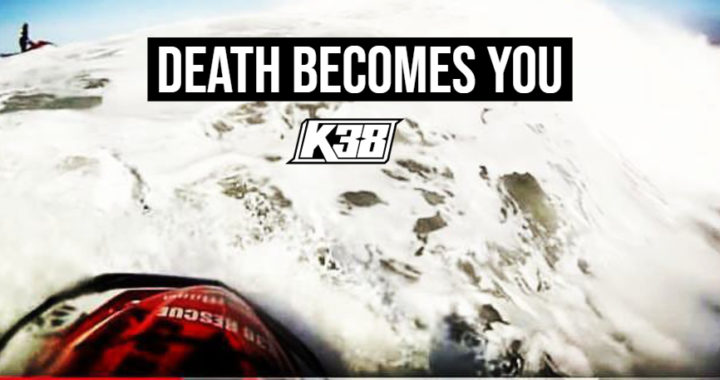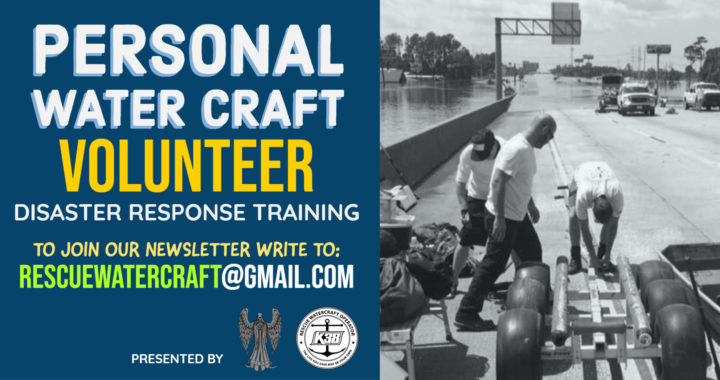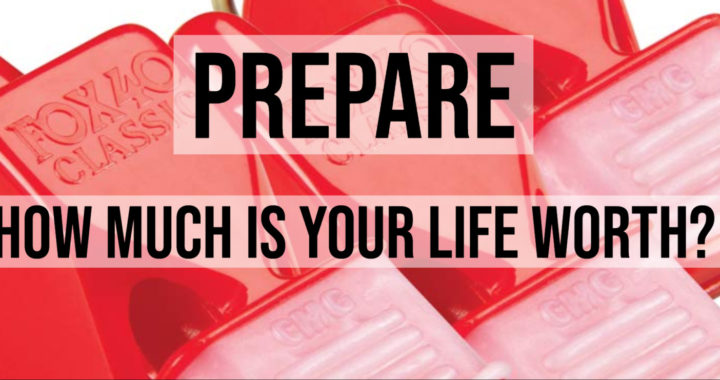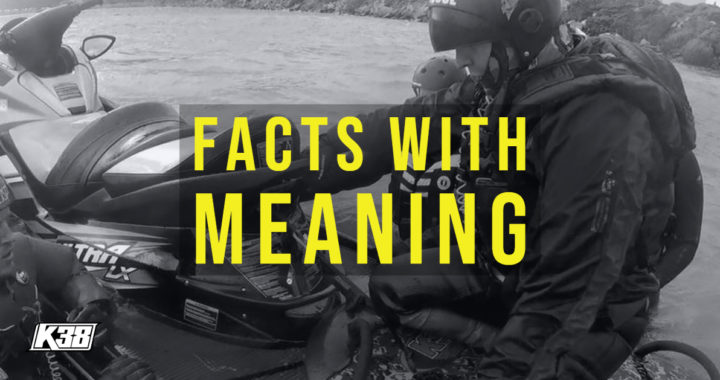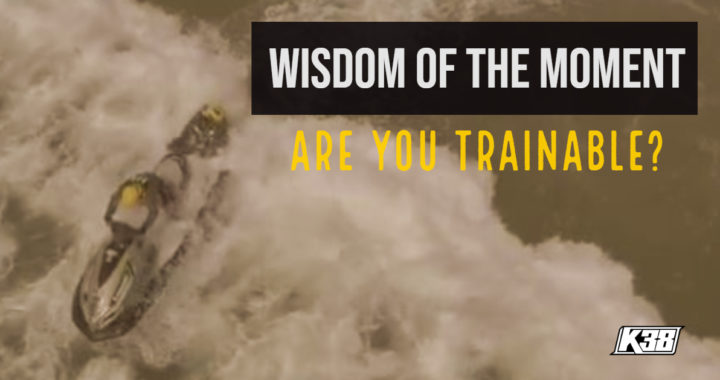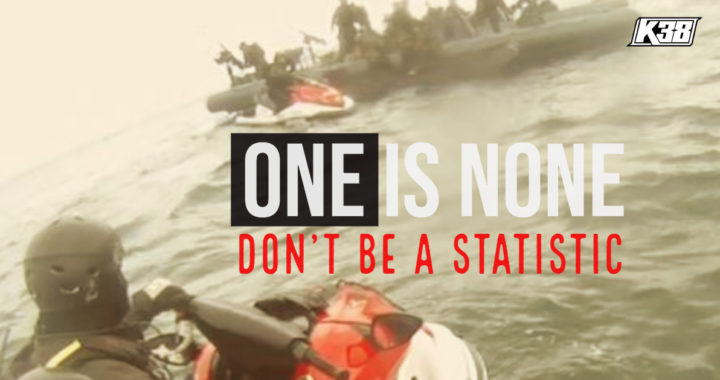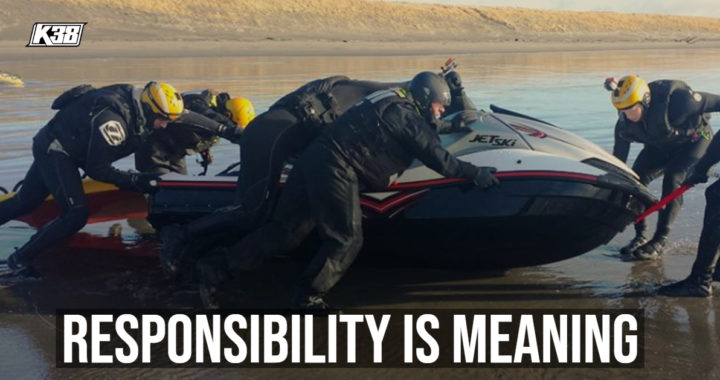SENSATIONALISM
When a person risks sensationalism for the sake of attention they take one step further away from reality.
Sense perceptions are highs and lows, when dealing with us interesting humans; the emotive quotient can be amusing or enlightening.
Do not get captured by the amusing entertainers.
Sensationalism has been exposed as fake news, it drives opinion with alerts, red flags, cautions and adversaries. Rarely does it extend an olive branch to glowing truth.
It is a reduction of professional efforts to process meaningless responses that degrade health and safety. It creates a perception of approval based on a distinction of false attributes that go against behavioral competence.
What can we do about sensationalism? We can ask effective questions.
How can we challenge the response? Open up your Owner’s Manual. Resist the temptation to downgrade safety. Conduct proper research, study, read, learn.
If the news in social media is often shocking, what value is it to be shocked? Being informed should not be confused with theatrics.
We see this in the selection of agency images. How many times have we witnessed a public safety agency displaying a Rescue Water Craft with their crew airborne jumping waves or wakes? Or not wearing an approved lifejacket? Or not using the engine cut off switch?
An entire industry of public safety images was built around sensationalism of an RWC. But why? Who allowed this? Why was it never challenged by the peers or associations? Why did they concede?
When was the last time you saw a fire truck engine going into an traffic intersection with a forced slide for effect? Probably never. But an RWC? Totally acceptable.
These people who conducted these missives and approved it should be removed from the program, period.
Image searches and video shorts are controlled by a cult like mentality that misbehaving as a mariner is a true mark of watermanship. Stop it.
Seduction is a hostage situation. Be careful what you post and ask yourself what meaning are you actively selecting to convey.
Does it look safe? Is it reinforcing manufacturer recommendations? Does it defend a standard of care?
Many agencies have held themselves hostage to mediocrity and damaged the reputation and image of the Rescue Water Craft community and its associated products.
Just stop it already. Stop.
Consequently, Rescue Water Craft - boat mishaps (wipeouts) are not considered competency, they are reminders of improper conduct and the need for training support.
Recurring accidents are invitations of death and negligence. Their liability is wrongfully consumed by the entire community, especially regarding insurance and lawsuits. It is far more cost effective to engage proper training and qualification.
We don’t need negative infusion in a longstanding maritime community. It may be a new tool for an agency, but we have been around for 40+ years.
Our RWC culture needs a champion and we aim to represent, please join us.
Sensationalism
The use of sensational matter or methods, especially in writing, journalism, or politics. The use of media to engage the senses for ‘click bait’ or noticeability in a competitive digital world.
_________________________________
Posted: January 1, 2022
Come train with K38 and discover what your community is doing to modernize standards, safety and reduce liability!
Copyright © 2022 K38 All rights reserved.
All materials on the Companies websites are the property of K38 and may not be copied, reproduced, sold, or distributed without the express permission of the copyright holder. Liberal use of K38 fact sheets and news releases is allowable with attribution.
To Cite the K38 Website for Reference: Please use the following:
"Reproduced from K38's website, © K38 (year), title and date of the post"
K38 does not grant permission for its content to be displayed on other Web sites, training manuals, unsolicited programs, media, training materials or standards development without expressed written permission.
Caution: Visit page (site) terms and conditions. Please take a qualified Rescue Water Craft training course and maintain proper records and respect all the PWC, RWC, PPE, and OEM manufacturer warning labels and cautions and country of origin regulations. The opinions and information in this post is subject to change as industry alerts, methods or notices are administered through laws, rules, cautions, regulations, or industry standards and will not be reflected in the original post date. Use at your own discretion, risk and caution.
K38 Content Creator of Rescue Water Craft and Personal Water Craft boating international education, jobsite safety and standards: Shawn is the world’s foremost authority and leading subject matter expert. She cares most about her community and the culture surrounding the safety of event service providers, Public Safety Agencies, Military and Rescue Water Craft operators. Dedicated towards protecting their reputation, distributing safety information and continuing to train these amazing individuals to the highest standards of care and competency
